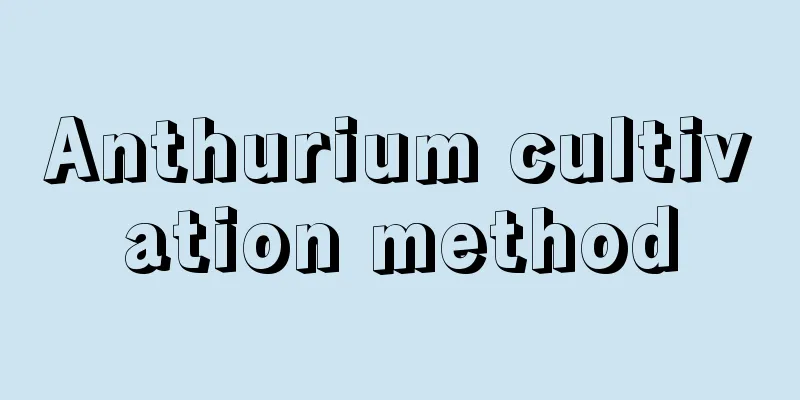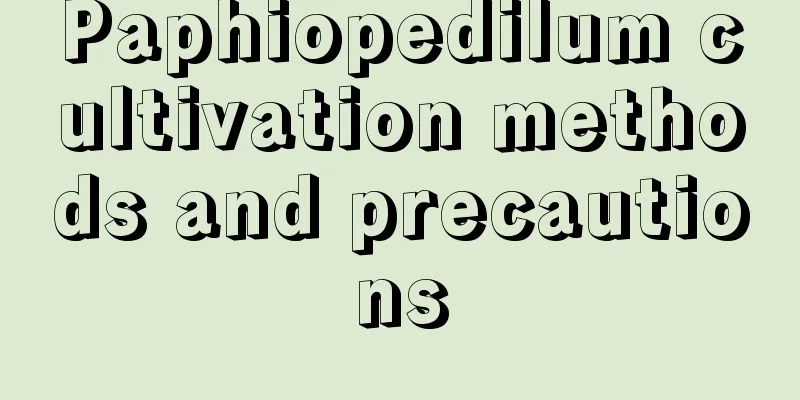The cultivation method and precautions of Vallisneria

1. Maintenance methods1. Temperature: It does not have high temperature requirements, but if the temperature is adjusted according to its habits, it will grow well. It is drought-resistant and heat-resistant, but the most suitable temperature for its growth should be controlled at around 20 degrees, and the plant grows best at this temperature. 2. Watering: It is divided into terrestrial and aquatic. Terrestrial plants need to be kept moist for a long time and consume water quickly. If the temperature is relatively high, they need to be watered every day. Although aquatic plants do not need watering, they have relatively high requirements for water quality. There must be no weeds in the waters for its maintenance, and the water quality must be clear. In hot weather, the branches and leaves need to be sprayed with water to prevent the leaves from drying out. 3. Fertilization: If the silt used to maintain it is thicker, it means that the water quality is relatively fertile. In this case, no fertilization is needed. If the silt used to maintain it is relatively poor, it is necessary to add nutrients. Generally, it is necessary to use triple compound fertilizer or potassium superphosphate, and the frequency of use is twice a month. Terrestrial plants need to be watered immediately after each fertilization to avoid fertilizer damage. 4. Light: It has a relatively large demand for light. If conditions permit, it can receive full-day sunlight. If full-day sunlight is not available, the daily sunlight time must reach at least five hours. 2. Breeding techniques1. Reproduction: It can be propagated by division. The breeding time is from May to August every year. It is necessary to cut the branches on the above-ground stems, cut them into three-centimeter stem segments, disinfect the surface, and then place them in the culture medium to cultivate them into seedlings. After successful cultivation, they can be transplanted and planted. 2. Pruning: Generally, it does not require pruning. You only need to cut off the dry and rotten branches and leaves during the growth process. 3. Problem Diagnosis1. Pests: The main pests during the seedling stage are water earthworms. Especially in the thick soil, there are more water earthworms, and furandan needs to be used to poison and kill the earthworms. 2. Drying out of branches and leaves: Drying out of branches and leaves of the plant is mostly caused by improper watering. In addition to watering the roots, you also need to water the branches and leaves. If the amount of water is sufficient, the branches and leaves of the plant will not dry out. IV. Other issues1. Edibility: It cannot be eaten, but it can be made into feed for waterfowl. 2. Other values: The whole plant can be used as medicine to clear away heat and reduce swelling. |
<<: Cultivation methods and precautions of Loropetalum
>>: The cultivation methods and precautions of coltsfoot
Recommend
Can you grow succulents with coal ash?
Can coal ash be used to grow succulents? Coal ash...
Characteristics of Parthenocissus tricuspidata, brief introduction of Parthenocissus tricuspidata
1. Introduction to Parthenocissus tricuspidata Iv...
Freesia cultivation methods and precautions
soil Freesia prefers loose, water-retaining and w...
Will succulents grow too tall in winter?
In winter, succulent plants are also prone to gro...
What to do if the tip of the golden spider plant leaves is dry
one. illumination 1If it is a lighting problem, t...
Cultivation methods and precautions of lucky bamboo
1. Soil Lucky bamboo likes to grow in soil with g...
Cultivation methods and precautions of gladiolus
1. Suitable potting soil When growing gladiolus, ...
Is the yield of mangosteen high? What is the yield per mu?
Is the yield of mangosteen high? The yield of man...
When to plant potted calla lily? What kind of soil is best for growing calla lily?
1. Planting time of potted calla lily Calla lily ...
How to divide jasmine into pots and plants
When to divide jasmine into pots Jasmine can be r...
When is the best time to plant garlic?
1. Planting time The best time to plant garlic is...
Should I use a large or small pot for the oil painting spider plant?
Should I use a large or small pot for the oil pai...
Potted cultivation method of wine bottle orchid
The bottle orchid, also known as the elephant'...
How long is the growing period for broccoli?
How long is the growing period for broccoli? The ...
How to plant lotus bowl? Planting time and method steps
Bowl lotus planting time In fact, lotus can be pl...









